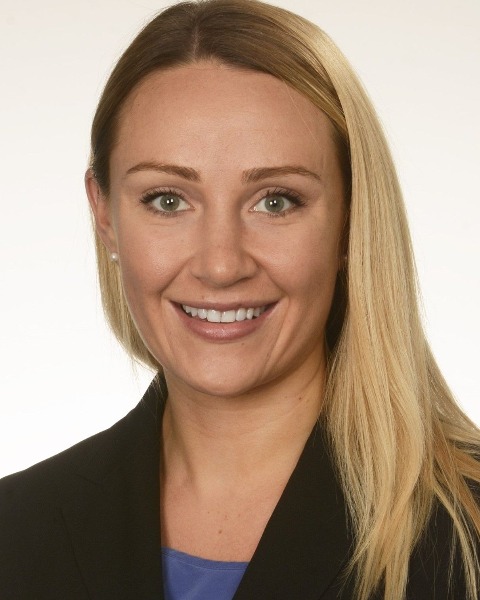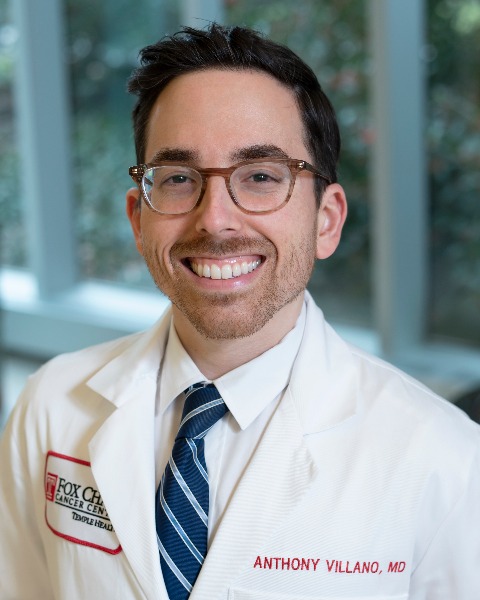Hepato-pancreato-biliary
E251: The Inflation-adjusted Decline of Medicare Reimbursement in Hepatobiliary Surgery (2003-2023)

Maryclare E. Taylor, MD
Resident
Temple University Hospital
Yardley, Pennsylvania, United States
Maryclare E. Taylor, MD
Resident
Temple University Hospital
Yardley, Pennsylvania, United States
Maryclare E. Taylor, MD
Resident
Temple University Hospital
Yardley, Pennsylvania, United States- TG
Terry P. Gao, MD
Resident
Temple University Hospital, United States 
Andrew B. Crocker, MD
Surgical Oncology Research Fellow
Fox Chase Cancer Center
WAYNE, Pennsylvania, United States
Emily J. Papai, MD
Surgical Oncology Research Fellow
Fox Chase Cancer Center
Philadelphia, Pennsylvania, United States- LK
Lindsay E. Kuo, MD, MBA
Associate Professor
Temple University Hospital, United States 
Anthony M. Villano, MD (he/him/his)
Assistant Professor
Fox Chase Cancer Center
Philadelphia, Pennsylvania, United States
Sanjay S. Reddy, MD
Associate Professor
Fox Chase Cancer Center
Philadelphia, PA, United States
ePoster Abstract Author(s)
Submitter(s)
Author(s)
Methods: The Physician Fee Schedule Look-Up Tool from the Centers for Medicare & Medicare Services (CMS) was queried for Current Procedural Terminology (CPT) codes of 19 HPB operations, spanning from 2003 to 2023. The total annual Medicare reimbursement for each CPT was determined by multiplying the procedure specific relative value unit (RVU) with the overall conversion factor (CF). The raw yearly percent change in Medicare reimbursement from 2003 to 2023 was calculated for each CPT. To account for inflation, percent change was compared to the change in the general consumer price index (CPI) for the same time. The adjusted compound annual growth rate (CAGR) for each CPT was calculated. Subgroup analysis based on operation type was performed.
Results:
From 2003 to 2023, the median unadjusted percent change for the 19 HPB operations queried was +22.37% (IQR 17.98% to 26.95%). During the same time, the CPI increased by 69.15% (p< 0.001). After adjusting for inflation using the yearly CPI % change, the median percent change for the 19 HPB operations was -26.01% (IQR -28.96% to -23.33%). The adjusted average yearly CAGR was -1.17% (SD 0.86%). Over the twenty-year study period, only 3 of 19 queried operations, all of which included a biliary anastomosis (CPT codes 47765, 47780, and 47785), saw an overall increase in Medicare reimbursement with an average subgroup increase of +8.07% (SD 13.54%). The adjusted average decrease in pancreatoduodenectomy reimbursement was -27.63% (SD 3.11%), distal pancreatectomy -26.40% (SD 0.55%), major hepatectomy -30.52% (SD 0.28%), minor hepatectomy -25.66% (SD 3.21%), biliary excision -25.76% (SD 2.32%) and biopsies/ablations -28.11% (SD 3.35%).
Conclusions: Inflation-adjusted Medicare reimbursement rates for hepatobiliary surgical procedures have declined from 2003 to 2023. Medicare policies set a benchmark for the commercial insurance market. It is vital to understand this decrease in reimbursements to ensure continued high quality surgical services.
Learning Objectives:
- Upon completion, participants will be able to understand the trend in Medicare reimbursement rates for hepatobiliary surgeries.
- Upon completion, participants will be able to examine the Medicare reimbursement trends for the hepatobiliary surgery subtypes.
- Upon completion, participants will be able conceptualize the consequences of decreasing reimbursement rates for hepatobiliary procedures.
